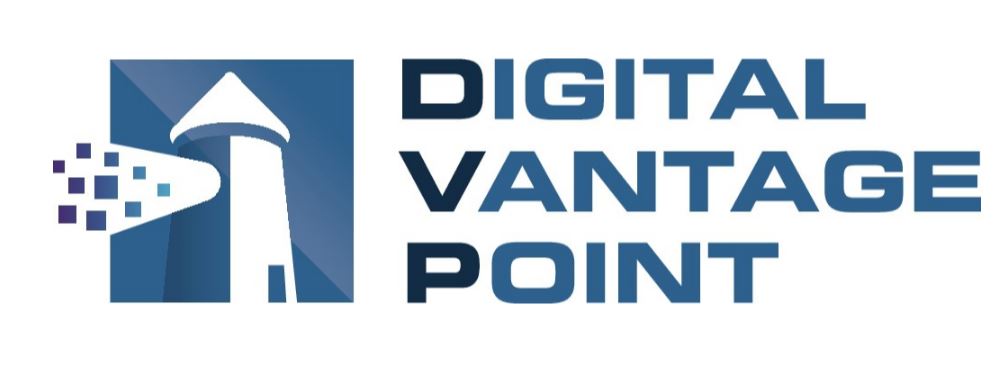Changing Business Landscape for B2B e-Commerce
 Understanding the trends in business and technology in both B2B and B2C e-Commerce can help us to craft better strategies and more valuable experiences for everyone. E-Commerce is becoming increasingly common and expected for B2B as they desire to grow. As a result, ERP and e-Commerce platforms have to continually evolve for companies to stay competitive. Some trends that have emerged are the growing presence of millennials, advanced technology (in the form of automated personalization, B2B-specific features, ease of use, improved integration, just to name a few), and blending B2C e-Commerce characteristics with a traditionally B2B-style webshop.
Understanding the trends in business and technology in both B2B and B2C e-Commerce can help us to craft better strategies and more valuable experiences for everyone. E-Commerce is becoming increasingly common and expected for B2B as they desire to grow. As a result, ERP and e-Commerce platforms have to continually evolve for companies to stay competitive. Some trends that have emerged are the growing presence of millennials, advanced technology (in the form of automated personalization, B2B-specific features, ease of use, improved integration, just to name a few), and blending B2C e-Commerce characteristics with a traditionally B2B-style webshop.
Customer expectations are at an all-time high, especially in the B2B sector. With more customer demands, there is an increased need for those in B2B e-Commerce to evaluate the trends and adopt more customer-centric approaches. B2C has taken great strides in user experience and B2B companies would do well to use some of those elements to propel themselves forward. Customers have grown accustomed to the ease and convenience that some B2C webshops offer and find themselves wanting the same in B2B websites.
What lessons from B2C can we apply to B2B?
Some of the most important takeaways from B2C e-Commerce is their ability to understand their customers and their behavior, anticipating their needs, and adapting quickly to trends and patterns. One of the ways B2C is doing this right now is embracing the “millennial” culture. Millennials have had an impact on the retail and e-Commerce model as they spend plenty of time online and use social media while shifting easily to brick and mortar if need be. They’re resourceful when it comes to looking for deals and expect a lot from digital and brick and mortar shopping experiences.
Understanding the Customer
As a society, we’re becoming more tech-savvy, becoming proficient with smartphones, tablets, and apps – we also have the desire to take the business online and out and about. Customers can now make purchases anywhere with their device of choice. Salespeople are learning to adapt to the mobilization trend by using technology that allows them to access relevant information online or through centralized systems out in the field. Taking a cue from B2C regarding this mobile trend, we recognize the need for feature-rich e-Commerce solutions with comprehensive content management. For B2B e-Commerce, this means that sales tools and vital customer data will be easily available to sales agents in the field. Nav-to-Net™ is built with Responsive Design to address the mobile trend in the e-Commerce industry.
Customers Have New Habits
In this day and age, we have developed technology-oriented working habits as well as some unique consumer habits, especially when online. We browse a little more freely with the plethora of options and resources at our fingertips, we use social media, and we revel in the freedom online shopping gives us. In e-Commerce, there is overall demand for ease and convenience, no matter what kind of device we choose to use. Lots of factors that play into how these habits came about, but it can be boiled down to this; customers want simplicity. It’s really as simple as wanting what they want, how and when they want it. It’s up to us as an e-Commerce business to anticipate those needs and create solutions that meet or even exceed those needs.
Technology is Key with Simplifying
Understanding the differences between the complexities of B2B and B2C and identifying gaps and areas that can stand some modification is important. The one thing in common is that customers always want things to be quick, easy, and painless. It may be hard to think of simplicity in a B2B environment when there are so many components to manage. While B2C can seem comparatively simpler being “click and buy”, it’s worth remembering that each situation comes with its own unique intricacies. The goal of today’s e-Commerce technology is to simplify and optimize all business processes including item management, order taking, checkout processes, and more, no matter the industry.
B2B has several parts that need to be addressed; this could include dealers, suppliers, vendors, and a variety of business processes that sometimes differ depending on the account, customer, or even country. The focus of B2B e-Commerce is building valuable long term business relationships with clients while selling a large amount of inventory. The decision process is also a lot more complicated for a typical B2B customer. The goal of e-Commerce technology is to make the complexity of B2B simple, even amidst the many core features, functionalities, and processes you require to run your e-Commerce business smoothly and efficiently.
Customized e-Commerce solutions integrated with your Microsoft Dynamics NAV is key. Nav-to-Net™ B2B is an integrated e-Commerce suite that combines all business elements and your webshop so you will operate efficiently. Take advantage of B2B-specific features like custom product lists and online sales quotes just to name a few! Click below for more information:

